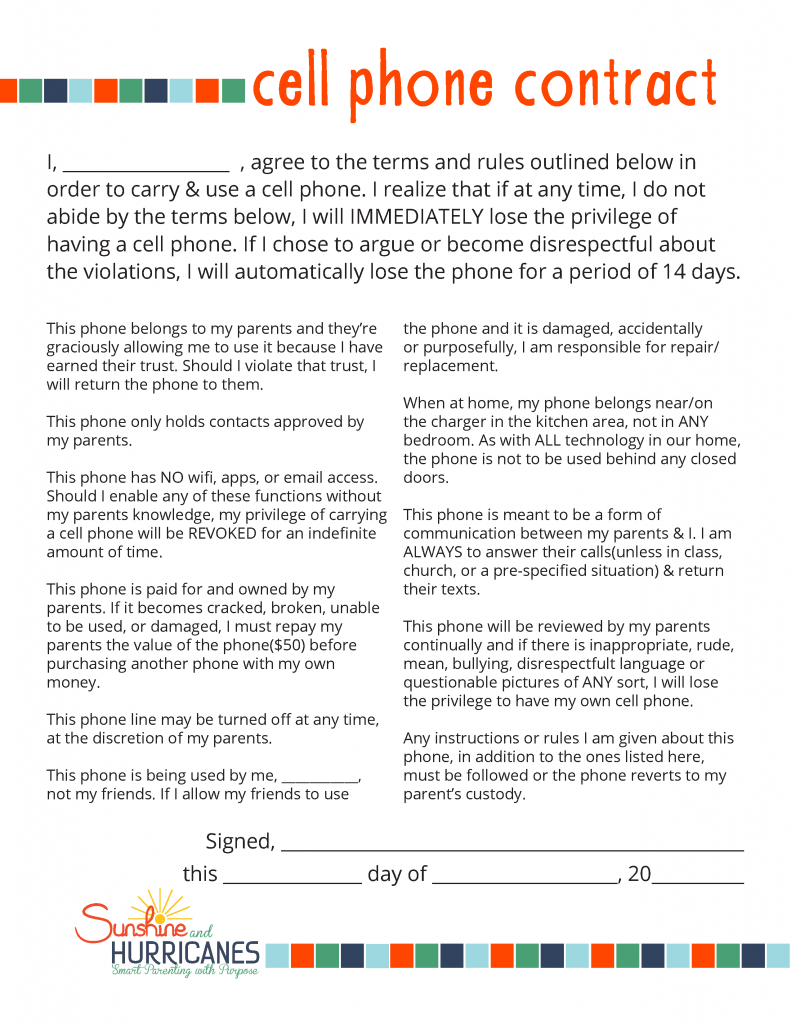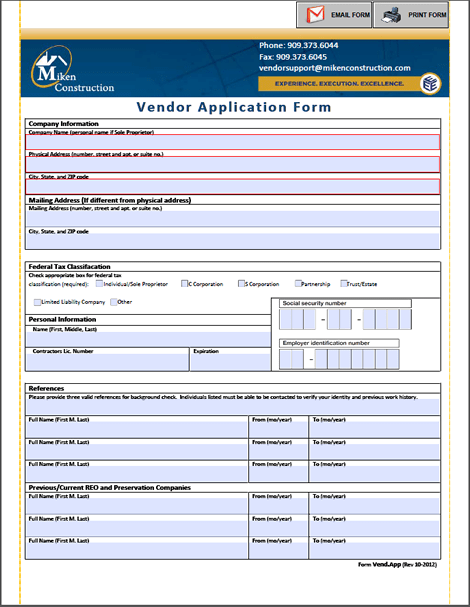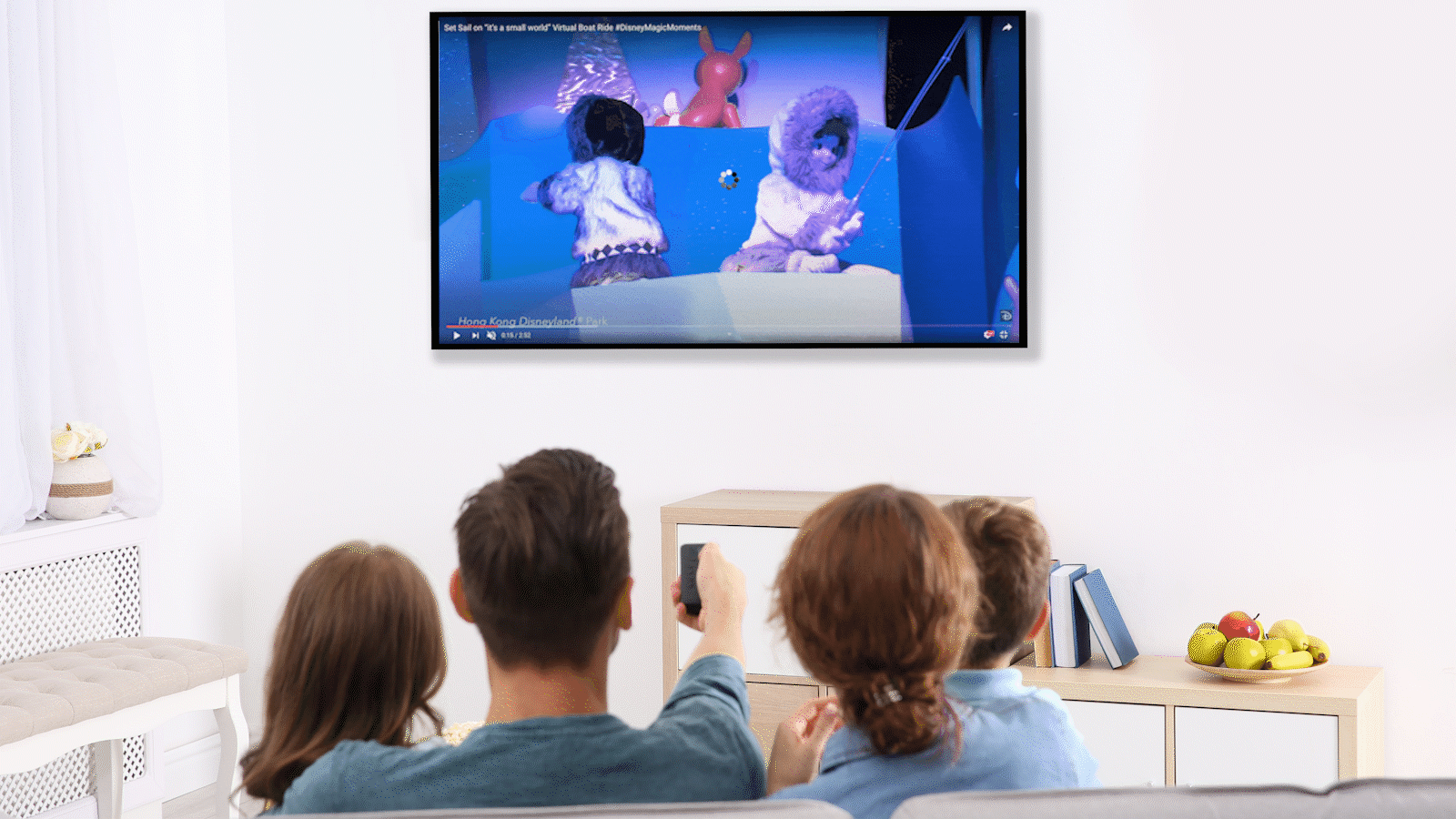

“It’s just software, so fits on multiple display sizes,” she said.
FAMILY OF COMPANIES SMARTVIEW ONLINE SERIES
She said the system could also run on Honeywell’s Primus Apex product line, now on the Pilatus PC-12 NG and Viking Twin Otter Series 400. It could be included as standard equipment for a new aircraft for retrofit.”

“The 3-D taxi product is currently targeted for SmartView-equipped aircraft, so it would go to Primus Epic customers first and would be an add-on, because it adds a new database and capability. When will the 3-D-taxi system reach the market? According to Feyereisen, the system has moved out of the research phase and is now in Honeywell’s product phase.

Pilots still need that strategic view,” she said. “3-D taxi gives more of a tactical view of the airport area, while the 2-D map is more a strategic view. So we kept a low, fixed height for most of the buildings,” she said.ģ-D taxi is meant to be a companion to Honeywell’s 2-D airport map, not a replacement. “We envision including ADS-B surface targets in this database, so we want to have visibility to the targets on the other side of terminal and other buildings. “Pilots don’t need this information to taxi safely.” She added that Honeywell also does not want the buildings in the database to be above a certain height. “One of the things we have found is that we don’t need to show the actual heights of 3-D structures on the airport on the taxi display,” Feyereisen said. The researchers decided not to change this. In this 2-D model the heights of most the buildings on the airport are the same. The 3-D taxi feature uses that same database that Honeywell uses to display 2-D airport maps. This, of course, could help reduce the chance of an incursion onto an active runway.

If controller pilot datalink communication (CPDLC) is coupled to 3-D taxi, the taxi display will graphically show, using a magenta line, the taxi clearance received and indicate a closed gate at the limit of the clearance. Barriers or gates across runways in the display are meant to remind pilots they need a clearance before crossing. For example, instead of showing taxiway signs in the grass next to the runway, as they are in reality, the researchers placed the taxi identifiers in the center of the taxiways in the 3-D taxi display. To provide better situational awareness of the taxi display, the researchers modified or removed much of the standard HUD symbology that SmartView shows in flight, and added other symbols of relevance to taxi operations, placing them where they can easily be seen. The aircraft is shown in the center of what we call the ‘hockey puck.’” “The pilot can also select an exocentric, or third-person, view,” she said, “which is almost as if you had a camera on the tail of the airplane looking forward and down. It shows a synthetic view of what the pilot would see through the windshield. “The primary, or pilot’s, view, is an egocentric view,” Feyereisen explained. To activate the 3-D taxi image, the pilot would need to select the taxi display via a switch, and would have the choice of two views. “What we want to do is provide the pilot with a continuous external scene of the airport area on that forward display.” “Currently with SmartView showing on the primary flight display, after the pilot turns off the runway, the display shows the aircraft taxiing on dirt or grass,” said Feyereisen, who has been working on synthetic vision at Honeywell since the early 2000s. The objective of 3-D taxi is to be a “primary taxi display” for pilots, Thea Feyereisen, an engineer fellow with Honeywell’s Advanced Technology Group, told AIN. SmartView is currently available on Gulfstream and Dassault business jets equipped with, respectively, Primus Epic-based PlaneView and EASy II flight decks. SmartView uses the terrain database of Honeywell’s enhanced ground proximity warning system (EGPWS) merged with the company’s head-up display (HUD) symbology to show on the pilots’ primary flight displays (PFDs) a synthetic, 3-D, daylight view of the aircraft’s flight path, the terrain ahead and the current navigational environment. Both new features, while not yet products, offer the promise of increasing pilot situational awareness and flight safety during different phases of flight. Honeywell Aerospace continues to develop improvements and add-ons to its SmartView synthetic-vision system (SVS), including a 3-D taxi system and the capability to use lower Category II landing minimums on Category I ILS and GPS-based LPV approaches.


 0 kommentar(er)
0 kommentar(er)
